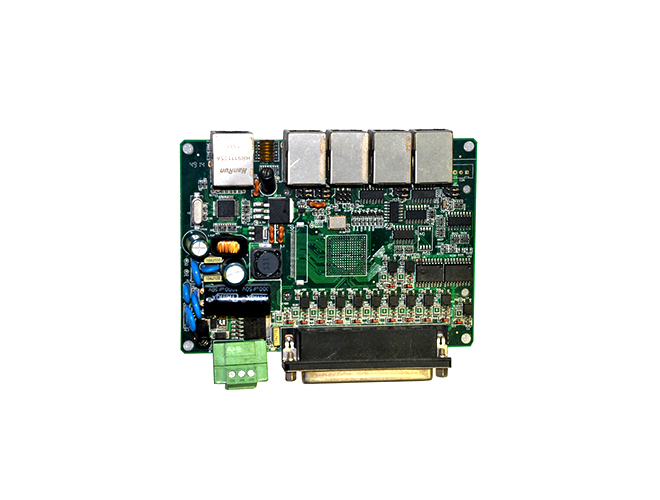-
CN
-
Service Hotline
+8618129931046 Mr. Liao


Time:2025-05-07 Views:1

Printed Circuit Board (PCB) size limitations have a significant impact on the design and functionality of electronic devices. The size of a PCB is determined by various factors, including the number and size of components, the complexity of the circuit design, and the physical constraints of the end - product enclosure. Understanding and working within these size limitations is crucial for achieving a balance between performance, cost, and form factor.
One of the primary challenges posed by PCB size limitations is component placement. With a smaller PCB, designers have less space to accommodate all the necessary components. This often requires careful selection of smaller - sized components, such as surface - mount devices (SMDs) instead of through - hole components, which typically occupy more space. For example, in portable electronic devices like smartphones and wearables, where space is at a premium, miniaturized components are used to fit the PCB within the limited enclosure. However, using smaller components can also increase the complexity of the assembly process and potentially raise manufacturing costs.
Another aspect affected by PCB size limitations is the routing of electrical traces. As the size of the PCB decreases, the available space for routing traces becomes more restricted. This can lead to challenges in maintaining proper signal integrity, especially for high - speed signals. Designers need to use advanced routing techniques, such as microvias and buried vias, to save space and ensure that signals can be routed efficiently without causing interference or signal degradation. Additionally, power and ground planes need to be carefully designed to provide sufficient power distribution within the limited area of the PCB.
Moreover, PCB size limitations can impact the overall thermal management of the device. In smaller PCBs, components are packed more closely together, which can lead to increased heat generation and reduced heat dissipation. To address this, designers may need to incorporate heat - sinks, thermal vias, or other thermal management solutions into the PCB design. However, these additional components can further consume valuable space, making it even more challenging to meet the size requirements. In some cases, designers may need to compromise on certain features or performance aspects to fit the PCB within the size constraints, highlighting the importance of careful planning and optimization during the PCB design process.